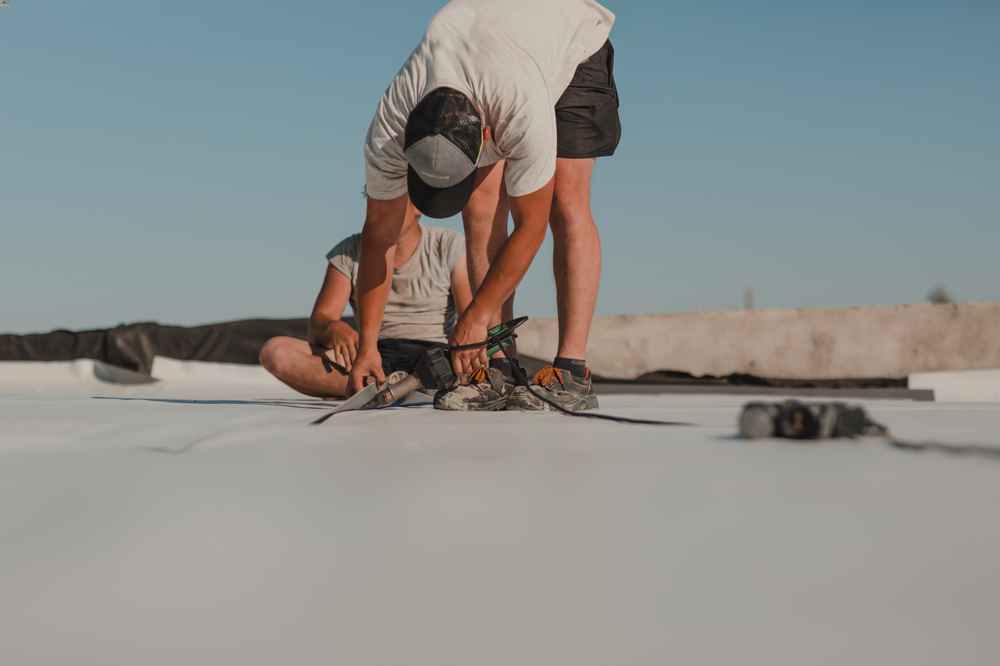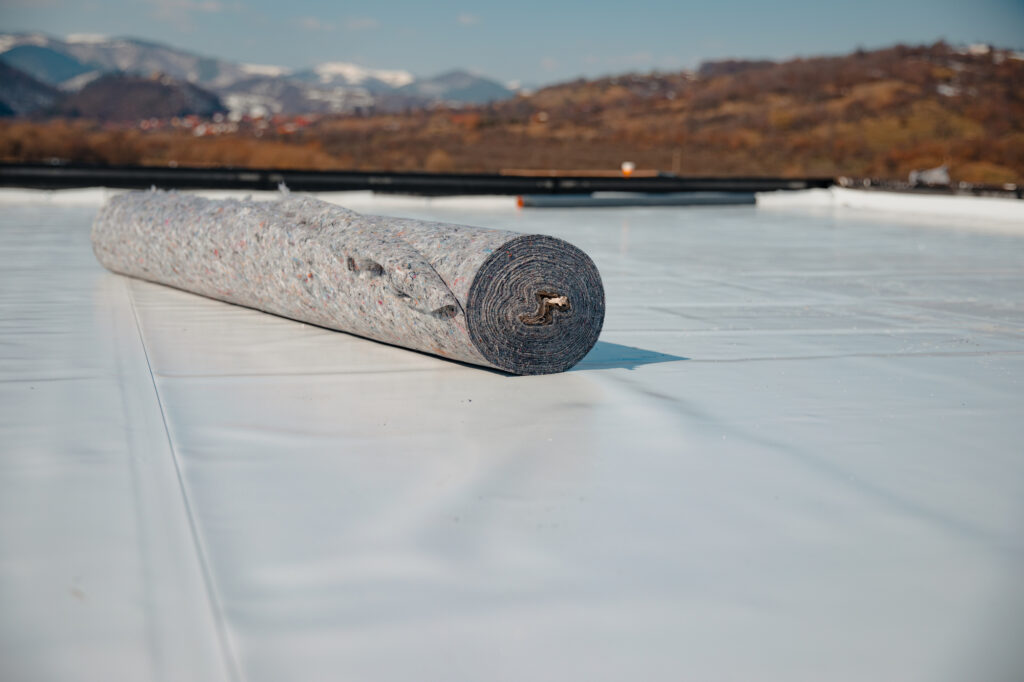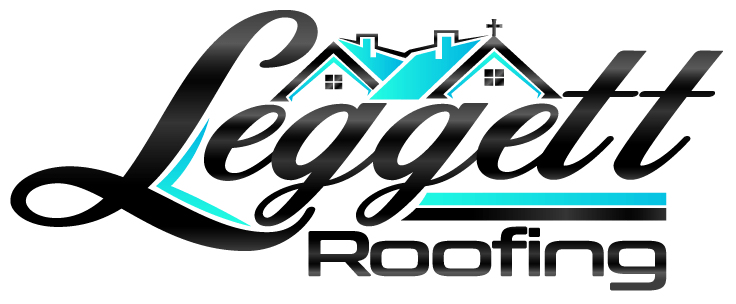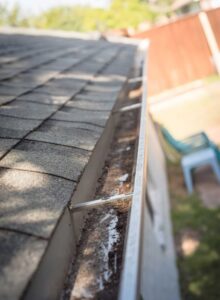Selecting the right roof for your commercial property is a major decision. With so many options available, it’s important to weigh the strengths and limitations of each system. This guide will walk you through comparing commercial roof types so you can make an informed choice that fits your budget, performance needs, and long-term goals.
At Leggett Roofing, we specialize in helping businesses across Florida choose the ideal roofing solution for their facilities. Whether you’re replacing a failing roof or planning for new construction, understanding your options is the first step to a reliable, cost-effective outcome.
Why Roof Type Matters in Commercial Buildings
Commercial roofing systems serve more than just protective functions—they impact energy efficiency, maintenance costs, durability, and even insurance premiums. The right roof system should match your:
- Building size and structure
- Climate and weather exposure
- Energy efficiency goals
- Budget (both upfront and over the roof’s lifecycle)
- Industry-specific needs (such as chemical resistance, foot traffic, etc.)
Common Commercial Roof Types Explained
Let’s break down the most popular commercial roofing systems used today. We’ll cover their features, pros, cons, and typical use cases.

1. TPO (Thermoplastic Polyolefin) Roofing
Overview:
TPO is one of the most widely used commercial roof types in the U.S. It’s a single-ply membrane made from a blend of polypropylene and ethylene-propylene rubber. TPO roofs are white and highly reflective, which helps reduce heat absorption.
Pros:
✔ Highly reflective and energy efficient
✔ Resistant to UV rays, mold, and punctures
✔ Welded seams for waterproofing strength
✔ Budget-friendly installation
✔ Recyclable material
Cons:
✖ Can shrink over time without proper installation
✖ Quality varies by manufacturer
✖ Seams require professional welding
Best For:
Retail centers, warehouses, office buildings, and restaurants seeking energy-efficient solutions in hot climates.
According to Energy.gov, reflective roofing like TPO can reduce roof surface temperatures and cooling loads in warm environments.
2. PVC (Polyvinyl Chloride) Roofing
Overview:
PVC roofing is another single-ply membrane with added plasticizers for flexibility. It’s similar to TPO but offers better chemical resistance, making it ideal for commercial kitchens and factories.
Pros:
✔ Excellent chemical, grease, and oil resistance
✔ Heat-welded seams for durability
✔ Long lifespan (20+ years)
✔ Reflective and energy-efficient
✔ Fire resistant
Cons:
✖ Higher initial cost than TPO or EPDM
✖ Can become brittle in extreme cold
✖ Not ideal for tight budgets
Best For:
Restaurants, food processing facilities, factories with grease exhaust, and environmentally conscious buildings.
PVC’s performance in challenging environments has earned it recognition from the Cool Roof Rating Council for its ability to reduce heat absorption and support sustainability.

3. EPDM (Ethylene Propylene Diene Monomer) Roofing
Overview:
EPDM, commonly known as “rubber roofing,” is a black single-ply membrane widely used on flat or low-slope commercial buildings.
Pros:
✔ Long lifespan (up to 30 years)
✔ Highly resistant to UV, hail, and temperature swings
✔ Low maintenance requirements
✔ Easy repairs
✔ Cost-effective for large roof surfaces
Cons:
✖ Black color absorbs more heat (unless white-coated)
✖ Vulnerable to punctures without reinforcement
✖ Requires full adhesion or ballasting for best performance
Best For:
Large commercial buildings like warehouses and distribution centers, especially in cooler regions or where budget is a top priority.
4. Built-Up Roofing (BUR)
Overview:
Built-up roofing consists of multiple layers of asphalt and fabric (plies) topped with gravel or a reflective coating. It has been used for over 100 years and offers time-tested durability.
Pros:
✔ Multi-layered protection
✔ Excellent waterproofing
✔ Withstands heavy foot traffic
✔ Proven longevity (20–30 years)
Cons:
✖ Heavy, requiring strong structural support
✖ Long installation time
✖ Odors and fumes during installation
✖ Higher labor costs
Best For:
Older commercial buildings and those with flat roofs in need of robust, time-proven systems.
5. Modified Bitumen Roofing
Overview:
Modified bitumen is an evolution of built-up roofing, combining asphalt with modifiers like rubber or plastic for added strength and flexibility.
Pros:
✔ Enhanced strength and elasticity
✔ Suitable for foot traffic
✔ Better cold-weather flexibility than BUR
✔ Easy to maintain
Cons:
✖ Shorter lifespan than TPO or PVC (10–20 years)
✖ Can blister or crack with poor ventilation
✖ Installation can be labor-intensive
Best For:
Mid-sized commercial buildings with moderate budgets, especially where foot access is required.
6. Metal Roofing
Overview:
Standing seam metal roofs and corrugated panels are increasingly popular for commercial structures with pitched roofs.
Pros:
✔ Lifespan of 40–70 years
✔ Fire-resistant and durable
✔ Energy-efficient (especially with reflective coatings)
✔ Low maintenance
✔ Recyclable material
Cons:
✖ Higher upfront cost
✖ Noise from rain or hail unless properly insulated
✖ May dent from heavy impact
Best For:
Commercial buildings with sloped roofs, including retail stores, warehouses, agricultural buildings, and churches.
Comparison Chart: Commercial Roof Types
| Roof Type | Lifespan | Cost | Energy Efficiency | Best For |
| TPO | 20–30 years | $$ | High | Offices, retail, warehouses |
| PVC | 20–30 years | $$$ | High | Restaurants, chemical facilities |
| EPDM | 25–30 years | $ | Moderate (unless coated) | Warehouses, large flat roofs |
| BUR | 20–30 years | $$$ | Moderate | Older buildings, heavy foot traffic |
| Modified Bitumen | 10–20 years | $$ | Moderate | Multi-use mid-sized buildings |
| Metal | 40–70 years | $$$$ | High | Sloped roofs, long-term investments |
What to Consider When Choosing a Commercial Roof
Every building is different, so it’s important to evaluate your options through multiple lenses. Here’s what to factor into your decision:
1. Budget and Lifecycle Cost
Low upfront costs might lead to more frequent repairs. Consider long-term maintenance, energy savings, and warranty coverage—not just installation price.
2. Climate
Florida’s heat, humidity, and storms demand roofing materials that resist UV damage and high winds. Reflective membranes like TPO and PVC often perform best here.
3. Usage Requirements
Does your roof need to handle foot traffic, HVAC units, or frequent inspections? Systems like modified bitumen or BUR offer added support and impact resistance.
4. Energy Efficiency
Cool roof systems reduce indoor temps and HVAC loads. Energy-efficient roofing is a smart long-term investment, especially in hot climates.
5. Maintenance and Access
Some roofs require more frequent upkeep. Choose a system that aligns with your property management capabilities and budget.
Let Us Help You Choose the Best Commercial Roof
At Leggett Roofing, we help business owners and property managers assess their options and choose the commercial roofing system that makes the most sense—financially and structurally. We handle everything from inspection and materials consultation to permitting, installation, and long-term maintenance planning.
We specialize in:
- Flat and low-slope roofing systems
- Commercial storm-resistant roofing
- Thermal and energy-efficient roof solutions
- Detailed inspections and compliance
Start With a Free Commercial Roof Inspection Today
Need help comparing your options or assess






